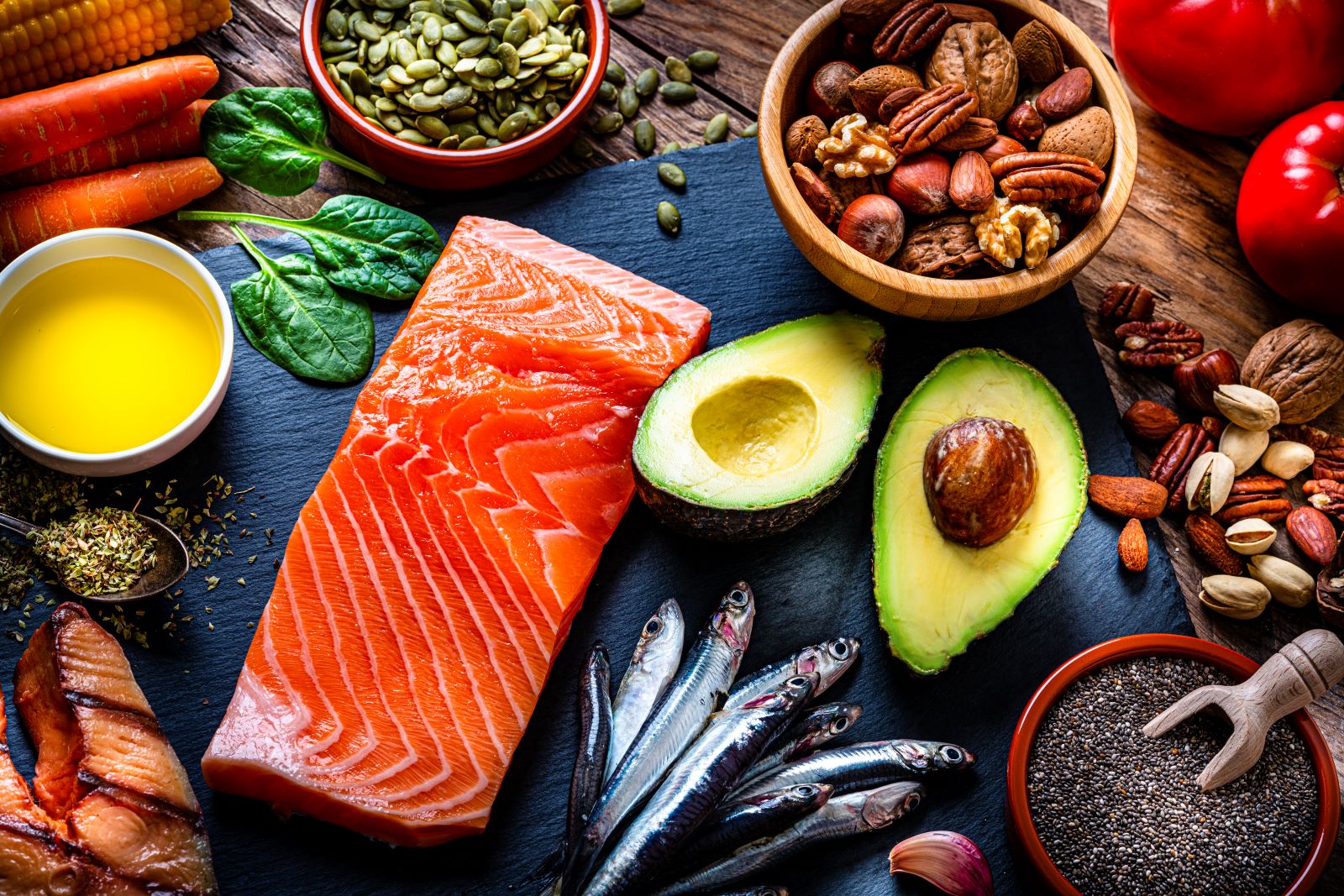The Mediterranean diet was named the healthiest diet by U.S. News & World Report for the sixth straight year.
For nutrition experts like Melissa Keeney, RD, Hartford HealthCare, it was hardly a surprise.
“The Mediterranean diet is linked to lower risk of cardiovascular disease, stroke, heart failure, cancer and type 2 diabetes. Evidence also suggests it can improve gut health and cognitive function,” she notes.
But what is it about the Mediterranean style of eating that’s so good for us?
The Mediterranean diet in a nutshell
Named after the region in the world where people blended healthy, more natural eating, the Mediterranean diet promotes meals rich in:
- Grains
- Fruits and vegetables
- Legumes
- Tree nuts and seeds
- Olives and olive oil
“The diet also encourages moderate to high intakes of fish and seafood, and low consumption of red meat and dairy,” Keeney explains. “Meals are more plant-based and fresh, and the lifestyle includes physical activity, both planned exercise and activities like walking, taking the stairs, housework and gardening.”
No calorie counting required
One of the beauties of the Mediterranean diet, she says, is that it celebrates food, just healthier ones.
“When a diet is very restrictive or cuts out food groups, it is a red flag! This does not cut out major food groups and there is no calorie or macronutrient counting required,” she says, adding, “It is not an ‘all or nothing’ approach. You can incorporate foods from the Mediterranean diet into your current eating pattern.”
To make your eating pattern more Mediterranean, Keeney suggests:
- Add a handful of almonds or walnuts as a snack.
- Make salad dressing with olive oil, lemon and fresh black pepper.
- Eat fish twice a week.
- Try new grains like couscous, barley or farro.
Many ways to customize it
The Mediterranean diet can be tailored further to your ethnicity or personal choice, Keeney says.
“This diet, for example, encourages eating chickpeas while, in Southeast Asia, lentils are promoted,” she says, noting that much more research has gone into the benefits of the Mediterranean diet. “In Latin America, meals are made with black and pinto beans. All are similar nutritionally.”
Aim to create nutritionally balanced plates regardless of the type of food you enjoy. That includes: a carbohydrate, which is needed for energy; fat; protein; and fiber.
Ready to give it a shot? Try this recipe.
Keeney shared this recipe to help you try Mediterranean-style eating.
Orzo Pasta Salad with Roasted Chickpeas
- 4 cups low-sodium vegetable broth
- 1 ½ cups orzo
- 1 (15-ounce) can chickpeas (garbanzo beans), drained and rinsed
- ¼ cup red onion, finely chopped
- 1 ½ cups red grape tomatoes, halved
- 2 mini cucumbers, chopped
- 1 cup arugula
- ½ cup fresh basil leaves, chopped
- ¼ cup fresh mint leaves, chopped
- ¾ cup red wine vinaigrette, recipe below
- Garlic powder
- Salt and freshly ground black pepper
- Feta or parmesan cheese (optional)
Directions:
- Set oven to 425 degrees. Put chickpeas on a parchment-covered baking sheet, toss with garlic powder and black pepper. Roast 20-30 minutes, flipping once, until chickpeas are crispy. For a faster salad, you can skip this step.
- Pour the broth into a large saucepan. Cover and bring to a boil over high heat. Stir in orzo.
- Cover partially and cook until the orzo is tender, stirring frequently, about 7 minutes. Drain orzo and transfer to a large wide bowl. Toss until it cools slightly.
- When cooled, toss orzo with chickpeas, tomatoes, onion, cucumber, arugula, basil, mint and enough vinaigrette (see recipe below) to coat. Add cheese.
- Season with salt and pepper, and serve at room temperature.
Red Wine Vinaigrette
- ½ cup red wine vinegar
- ¼ cup fresh lemon juice
- 2 tsp agave or honey
- ¾ teaspoon freshly ground black pepper
- 1 cup extra-virgin olive oil
Directions:
Whisk vinegar, lemon juice, agave/honey and pepper.
Recipe based on an orzo pasta salad by Giada De Laurentiis.



